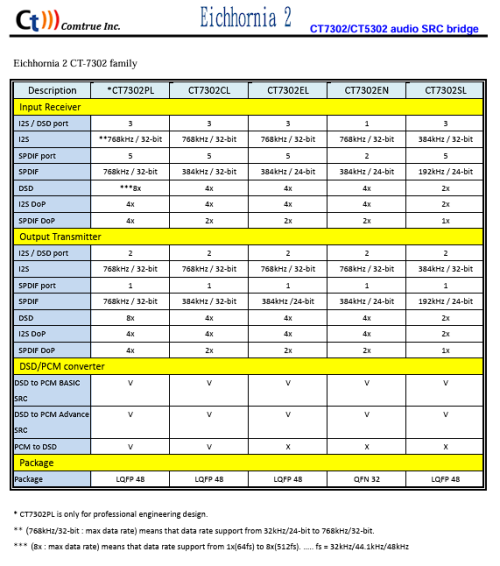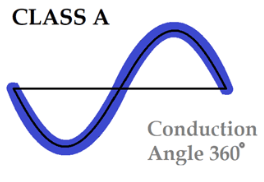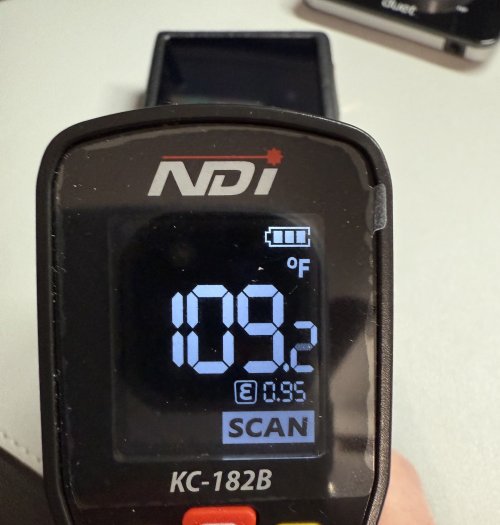Alright, here comes the answer — the R202 combines
both R-2R and
1Bit, all on a single motherboard. Each of you guessed a part of it, when put them together, it forms the full picture, congrets

And you two,
one with razor-sharp intuition;
and the other
@WDitters basically Holmes — your deduction based on the NJW1195A as a 4-in 2-out selector absolutely floored me. Honestly, I didn’t expect anyone to dig into the chip specs and piece it together like that.
I’ve got to hand it to you guys really
And
@justsomesonyfan, you nailed it too. For the R-2R side, yes, we’ve
doubled the resistors —
192 — a
true balanced R-2R architecture this time. The
entire DAC section of the R202 — both the R-2R and the 1-Bit architectures — is fully balanced and fully discrete.
(Alright then — another quick quiz, how many resistors are there in total? )
That’s all I can confirm for now. Just like RU9, R202 is still under revision and fine-tuning, so I won’t spill all the beans yet until rest of the parts are finalized. Once again, hats off to you all!




























